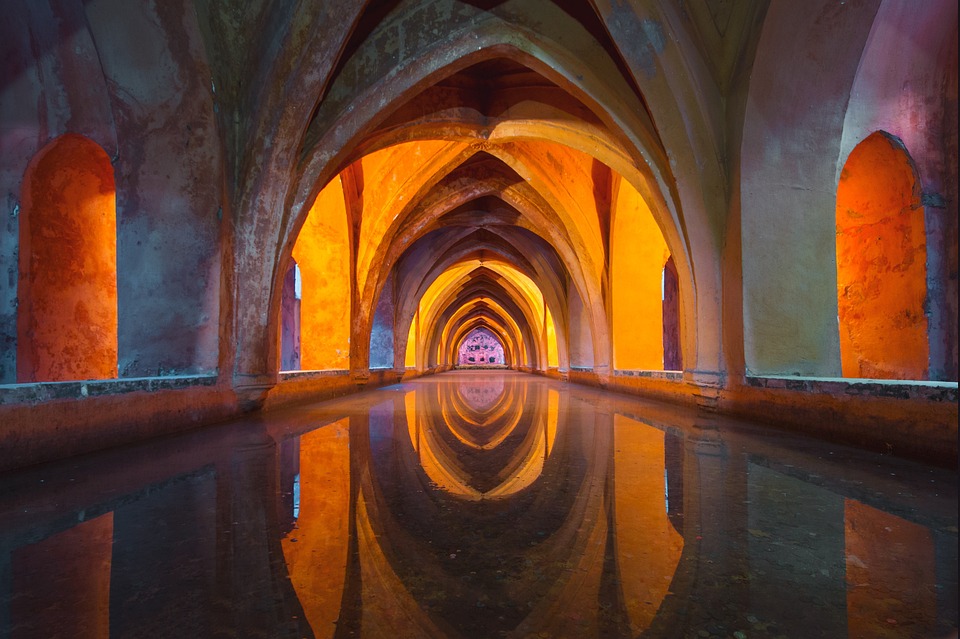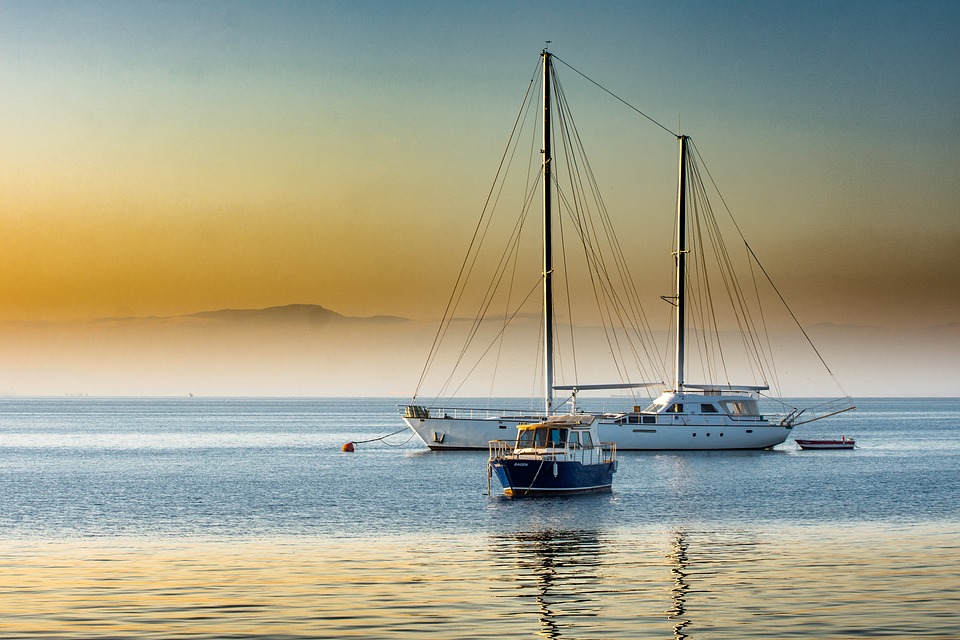# Exploring the Rich Culture and History of Spain: A Traveler’s Guide
## Introduction
Spain is a country rich in culture and history, with a vibrant mix of traditions, architecture, art, and cuisine. From the Moorish influences in the south to the modernist architecture of Barcelona, Spain offers travelers a diverse and fascinating journey through its past and present. In this guide, we will explore some of the highlights of Spain’s culture and history, as well as provide tips for travelers looking to experience the best that this country has to offer.
## Historical Sites
Spain is home to a wealth of historical sites that offer insight into the country’s past. One of the most famous is the Alhambra in Granada, a stunning Moorish palace and fortress that dates back to the 13th century. The Alhambra is a UNESCO World Heritage Site and is a must-see for anyone interested in Spain’s Islamic history.
Another must-visit historical site in Spain is the Sagrada Familia in Barcelona, a basilica designed by the renowned architect Antoni Gaudí. Construction on the Sagrada Familia began in 1882 and is still ongoing, making it a fascinating mix of old and new architecture.
## Cultural Traditions
Spain is famous for its vibrant cultural traditions, from flamenco dancing to bullfighting. Flamenco is a passionate and expressive form of dance that originated in the Andalusian region of Spain. Travelers can experience flamenco performances in many cities throughout the country, including Seville and Madrid.
Bullfighting is another traditional Spanish art form that has a long history in the country. While controversial, bullfighting remains a popular cultural event in Spain, with many cities hosting bullfights during the summer months.
## Art and Architecture
Spain is home to some of the world’s most iconic art and architecture, from the works of Gaudí to the paintings of Salvador Dalí. In Madrid, travelers can visit the Prado Museum, home to an impressive collection of Spanish art, including works by Velázquez, Goya, and El Greco.
In Barcelona, visitors can explore Gaudí’s unique architectural creations, such as Park Güell and Casa Batlló. Gaudí’s distinctive style, characterized by colorful mosaics and organic shapes, has become synonymous with the city of Barcelona.
## Cuisine
No trip to Spain would be complete without sampling the country’s delicious cuisine. Spanish food is known for its bold flavors and fresh ingredients, with paella, tapas, and churros being just a few of the must-try dishes.
Paella is a traditional Spanish rice dish that originated in the Valencia region, typically made with rice, saffron, vegetables, and a variety of meats or seafood. Tapas are small plates of food that are perfect for sharing, allowing diners to sample a wide range of flavors in one meal. And no trip to Spain would be complete without indulging in churros, a fried dough pastry dipped in chocolate sauce.
## Conclusion
Spain is a country that offers travelers a rich tapestry of culture and history to explore. From its stunning historical sites to its vibrant cultural traditions, there is something for everyone to enjoy in this diverse and fascinating country. Whether you’re interested in art and architecture, cuisine, or simply soaking up the atmosphere of a bustling Spanish city, Spain has something to offer every traveler. So pack your bags and get ready to experience the beauty and excitement of Spain’s rich culture and history.



